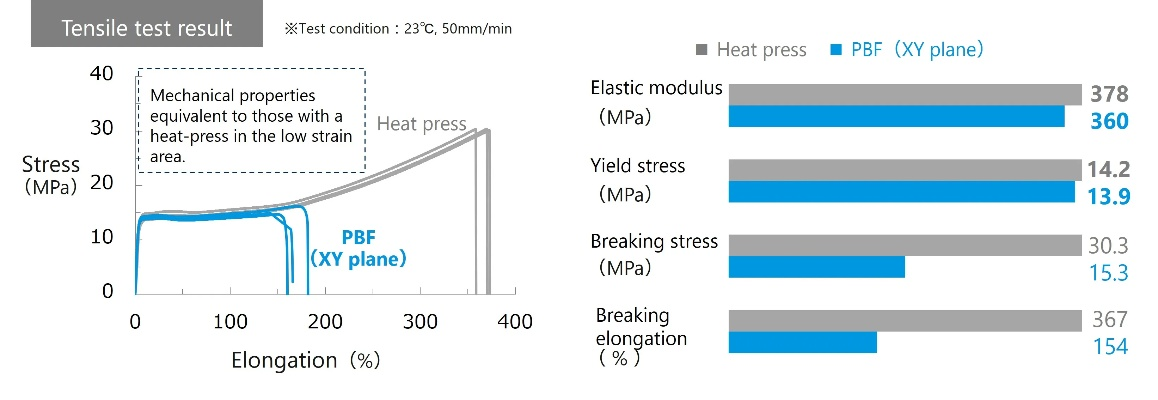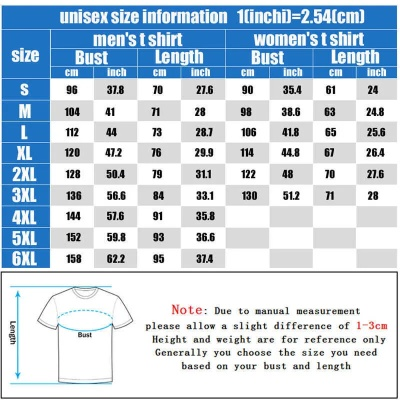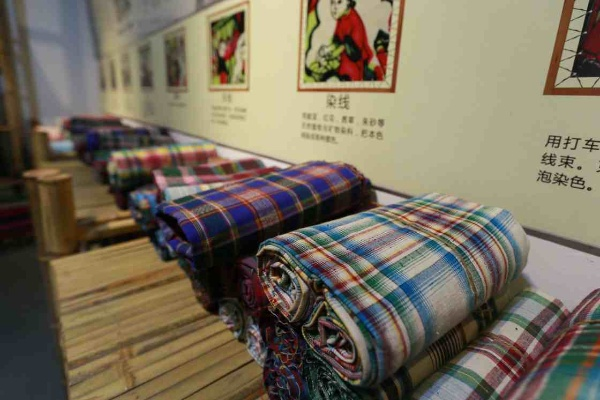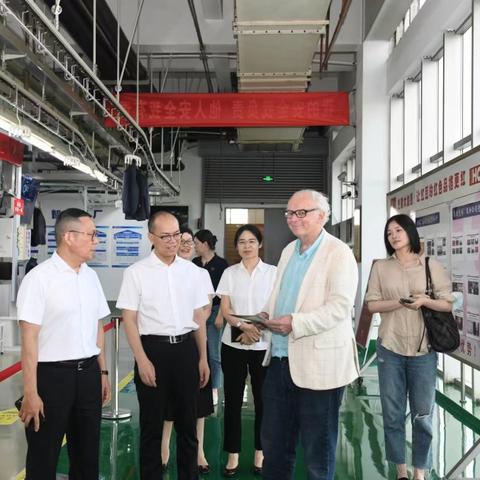The Latest Trends in Textile Fiber Content Testing Standards
The latest trends in textile fiber content testing standards have been evolving rapidly, driven by the increasing demand for high-quality and sustainable textile products. The standardization of these tests is essential for ensuring the accuracy and consistency of data, which is crucial for product development, quality control, and regulatory compliance. Recent advancements in technology, such as machine learning and artificial intelligence, are also playing a significant role in improving the efficiency and accuracy of fiber content testing. These technologies can automate many of the manual processes involved in traditional testing methods, reducing the time and cost required to conduct these tests. Additionally, there has been a growing focus on the environmental impact of textile production, leading to the adoption of more eco-friendly testing methods that minimize waste and reduce energy consumption. Overall, the ongoing evolution of textile fiber content testing standards reflects the changing needs and demands of the industry, as well as the advancements in technology and sustainability practices.
Introduction: In the world of textiles, fiber content is a critical factor that determines the quality, durability, and functionality of garments. As demand for sustainable and eco-friendly materials grows, manufacturers are increasingly adopting stricter standards for fiber content testing to meet consumer expectations and regulatory requirements. This article will explore the latest trends in textile fiber content testing standards, including new methods, regulations, and examples of how these standards are being implemented.

Scientific Basis of Fiber Content Testing: Fiber content testing involves analyzing the percentage of different types of fibers present in a textile product. These fibers can include synthetic, natural, and blended materials such as cotton, polyester, wool, linen, and rayon. The goal of the test is to ensure that the product meets the intended specifications, including its weight, texture, and color.
New Methods in Fiber Content Testing: As technology advances, so do the methods used for fiber content testing. Here are some of the latest trends:
-
Digital Image Analysis: Digital image analysis is a rapidly growing field in textile testing, allowing for more accurate and efficient measurements of fiber content. This method involves capturing images of the sample under various lighting conditions and using computer software to analyze the patterns and patterns of the fibers. This approach has been particularly useful in detecting small amounts of synthetic fibers that may not be visible under normal inspection.
-
Near-Infrared Spectroscopy (NIR): NIR spectroscopy is a non-destructive method that allows for the measurement of fiber content without physically examining the sample. By analyzing the absorption spectra of light in the near-infrared range, NIR spectroscopy can provide valuable information about the composition and structure of the fibers. This technique has been particularly useful in identifying blended materials and synthetic fibers that may not be readily visible to the naked eye.
-
Laser Scanning Microscopy (LSM): Laser scanning microscopy is a high-resolution technique that uses lasers to scan the surface of the sample and produce detailed images of the fibers. This method has been particularly effective in detecting small amounts of synthetic fibers and other impurities that may be present in the sample. LSM has also been used to study the distribution of fibers within the fabric, providing insights into its overall quality and performance.
Regulations and Compliance: As the demand for sustainable and eco-friendly materials grows, governments and industry organizations are implementing stricter regulations and standards for fiber content testing. Here are some of the key regulations and compliance requirements:
-
Global Standards: The International Organization for Standardization (ISO) and the American Society for Testing and Materials (ASTM) have established global standards for fiber content testing. These standards require manufacturers to use accurate and reliable methods for measuring fiber content, including digital image analysis, NIR spectroscopy, and LSM. Compliance with these standards is essential for gaining certification from reputable testing laboratories and ensuring that consumers receive products that meet their needs and expectations.
-
Local Regulations: Many countries have enacted local regulations that apply to fiber content testing specific to their region. These regulations may include requirements for testing methods, data reporting, and labeling practices. Manufacturers must comply with these regulations to avoid penalties and legal issues. For example, in Europe, the European Commission has established a framework for textile labeling that requires manufacturers to disclose the percentage of synthetic fibers in their products.
-
Environmental and Sustainability Standards: As concerns about environmental impact grow, many industries are adopting sustainability standards for fiber content testing. These standards aim to reduce the use of harmful chemicals and promote the use of renewable and eco-friendly materials. Manufacturers must comply with these standards to demonstrate their commitment to sustainability and meet consumer expectations.
Case Study: One example of how these standards are being implemented is in the case of a major fashion brand that produces high-end clothing using sustainable materials such as organic cotton and bamboo. To meet the demands of consumers who prioritize ethical and environmentally friendly options, the brand adopted stricter fiber content testing standards. They partnered with a leading testing laboratory to implement digital image analysis and NIR spectroscopy techniques for fiber content analysis. This allowed them to accurately measure the percentage of synthetic fibers in their products and ensure that they met the highest levels of sustainability and quality standards. As a result, the brand gained widespread recognition for its commitment to ethical production practices and became a leader in the sustainable fashion industry.
Conclusion: The latest trends in textile fiber content testing standards emphasize the importance of accuracy, efficiency, and sustainability in the production of high-quality garments. With advancements in scientific techniques and regulatory requirements, manufacturers are able to meet consumer expectations and meet the demands of the environment. By adopting stricter standards for fiber content testing, we can help create a more sustainable and equitable future for our planet.
随着纺织行业的快速发展,纺织品纤维含量检测标准的重要性日益凸显,为了确保纺织品的质量和安全性,各国都制定了一系列严格的纤维含量检测标准,本文将详细介绍最新的纺织品纤维含量检测标准,并结合案例进行分析说明。
纺织品纤维含量检测标准概述
纤维含量定义
纺织品纤维含量是指纺织材料中纤维的质量百分比,它反映了纺织材料中纤维种类、含量以及均匀性的信息。
最新检测标准内容
最新的纺织品纤维含量检测标准主要包括以下几个方面:

(1)纤维种类鉴定:明确各种纤维的种类和含量比例。
(2)测试方法:规定了用于检测纤维含量的具体方法,包括化学分析、显微镜检测等。
(3)检测周期:规定了检测的频率和周期,以确保数据的准确性和时效性。
案例分析
以某知名品牌纺织品为例,其纤维含量检测标准如下:
(1)纤维种类鉴定:该品牌主要采用天然纤维和合成纤维两种类型,每种类型都有明确的含量比例。
(2)测试方法:采用化学分析方法,通过测定纤维中的化学成分含量,来评估纤维的质量和性能。
最新检测标准的应用与案例说明
应用实例一:化学分析方法的应用
某纺织企业采用先进的化学分析方法进行纺织品纤维含量检测,确保产品质量和安全性,该企业通过定期进行纤维含量检测,及时发现并解决了产品质量问题,提高了客户满意度。
案例分析:该企业采用了高效灵敏的化学分析仪器,对纺织品进行全面的纤维含量检测,通过精确测定纤维中的各种化学成分含量,确保了纺织品的纤维含量符合国家标准要求,该企业还建立了完善的检测流程和质量控制体系,确保了检测结果的准确性和可靠性。
应用实例二:显微镜检测方法的运用
显微镜检测方法在纺织品纤维含量检测中发挥着重要作用,通过显微镜观察纺织品纤维的结构和形态,可以更准确地评估纤维的质量和性能,某些高强度、高耐磨性的纺织材料可能需要采用特殊的显微镜检测方法来进行评估。
案例分析:某知名运动品牌采用显微镜检测方法来评估其运动服装的纤维含量和质量,通过显微镜观察,可以发现运动服装中的纤维种类和含量比例符合国家标准要求,同时还可以评估纤维的均匀性和强度等性能指标,这些数据为该品牌提供了重要的产品质量信息,有助于提高产品质量和客户满意度。
结论与建议
最新的纺织品纤维含量检测标准为纺织品的生产和销售提供了重要的质量保障,为了确保纺织品的质量和安全性,生产企业应严格按照最新的标准进行检测,同时还应加强质量控制体系的建设和完善,消费者在购买纺织品时也应关注纤维含量检测标准,选择符合国家标准要求的纺织品。
最新的纺织品纤维含量检测标准为纺织品的生产和销售提供了重要的保障,生产企业应加强质量控制体系的建设和完善,同时还应关注行业标准的变化和发展趋势,以适应市场需求的变化。
Articles related to the knowledge points of this article:
The Science and Technology Behind Fabric Antistaticity
Understanding and Measuring Textile Oil Content



